From Snapshot to Masterpiece
Forget the myth that the world’s best wildlife photos are purely luck. The truth is, the most awe-inspiring images—the ones that stop you scrolling—are built on a foundation of rigorous preparation, deep respect for nature, and a journalist’s eye for the perfect story.
You’re not just taking a picture; you’re documenting a fleeting moment in the wild. This guide is your essential toolkit, moving beyond basic camera tips to the strategic planning that will transform your trip into a photographic safari adventure. If you’re planning to explore places like the Serengeti, the Okavango Delta, or Kruger National Park, these steps are the difference between a nice holiday photo and a portfolio-worthy shot.
1. The Power of the Prequel: Destination Deep Dive
A great wildlife photographer is, first and foremost, a meticulous researcher. Think of this as plotting your narrative: you need to know your characters (the animals) and the setting (the landscape).
Before you even book your flight, your mission is to become an expert on your chosen destination.
- Become a Behavioural Scientist: Don’t just know what animals are there; know what they do. When do the elephants visit the watering hole? What time of day does the leopard hunt? Research migration schedules, breeding seasons, and the daily routines of your key species. Knowing this means you’ll be in the right place at the right time, turning an hours-long wait into a guaranteed opportunity.
- Study the Seasons: The light, vegetation, and animal activity all change with the rain and dry seasons. A dense, green landscape is gorgeous, but a parched, dry season can force animals closer to water sources, making them easier to find and photograph. Factor this into your safari planning.
- Consult the Locals: The best intel doesn’t come from a guidebook, but from those on the ground. When choosing a photographic safari, look for tour operators like Detour Africa who employ expert field guides. Their local knowledge on recent sightings and animal movements is priceless.
2. Your Camera, Your Co-Pilot: Essential Gear
While the safari experience is about patience, the resulting photograph is about technical readiness. Wildlife photography is demanding, so your gear needs to be robust, fast, and protective.
| Gear Essential | Why It Matters for Safari | The Pro Tip |
|---|---|---|
| The Camera Body | Needs quick, reliable autofocus and excellent performance in low light (dawn/dusk). | Practice using continuous focus mode (AF-C) before you go. |
| Telephoto Lens | Absolutely vital. You need a long reach (300mm to 600mm) to capture animals safely and respectfully from a distance. | Don't forget a shorter zoom (70-200mm) for landscapes and animals close to your vehicle. |
| Support System | A sturdy tripod or a bean bag (often preferred in safari vehicles) provides the stability needed for sharp images with heavy lenses. | Your vehicle is your new tripod—use a bean bag resting on the window frame or roof. |
| Protection | Dust, sun, and unexpected rain squalls are harsh realities. | Invest in a weatherproof camera bag and simple plastic rain covers. Silica gel packets can also combat humidity inside your bag. |
Get intimately familiar with your equipment. You can’t afford to fumble with settings when a pride of lions walks into view. Practice adjusting your shutter speed, aperture, and ISO until it’s all muscle memory.
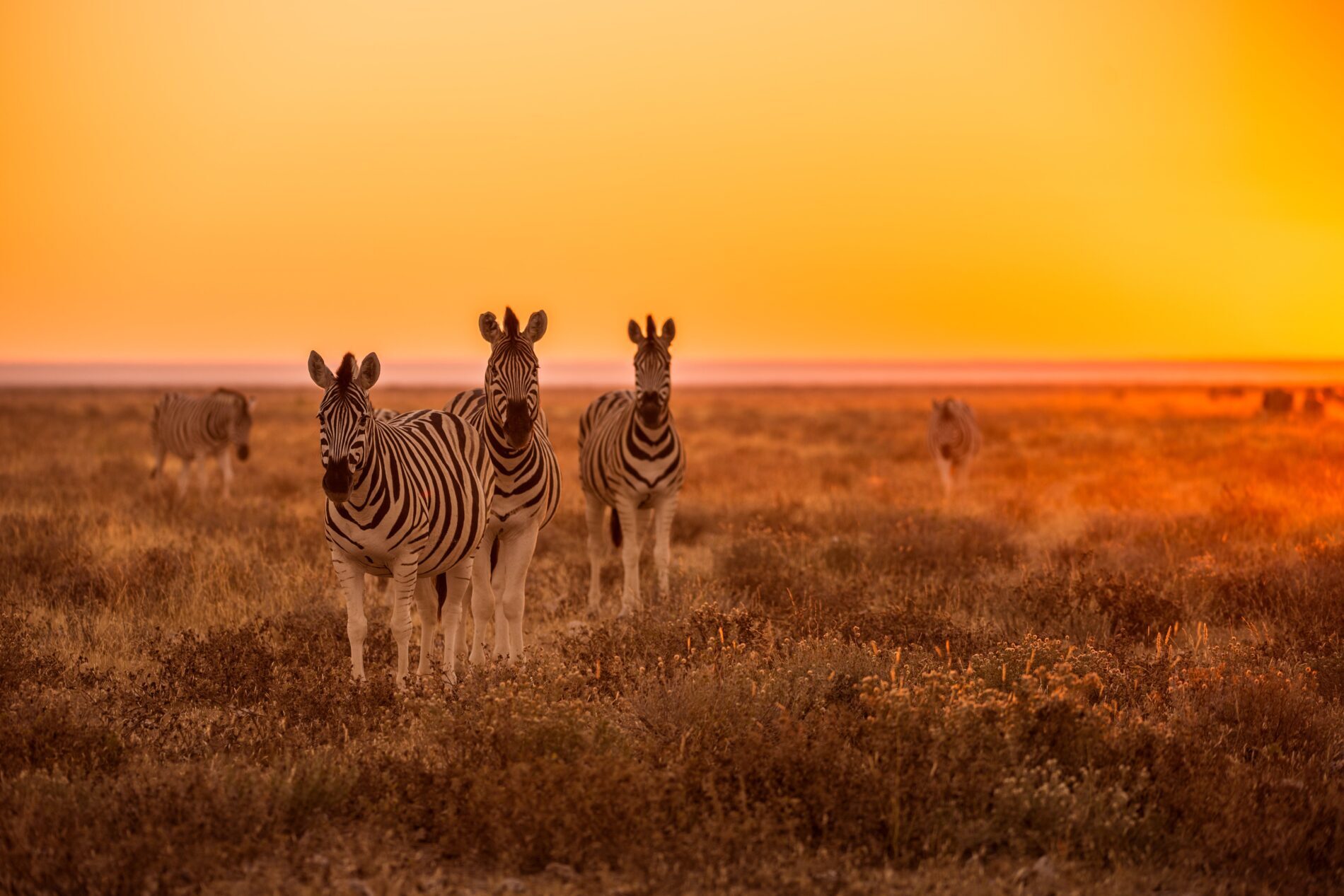
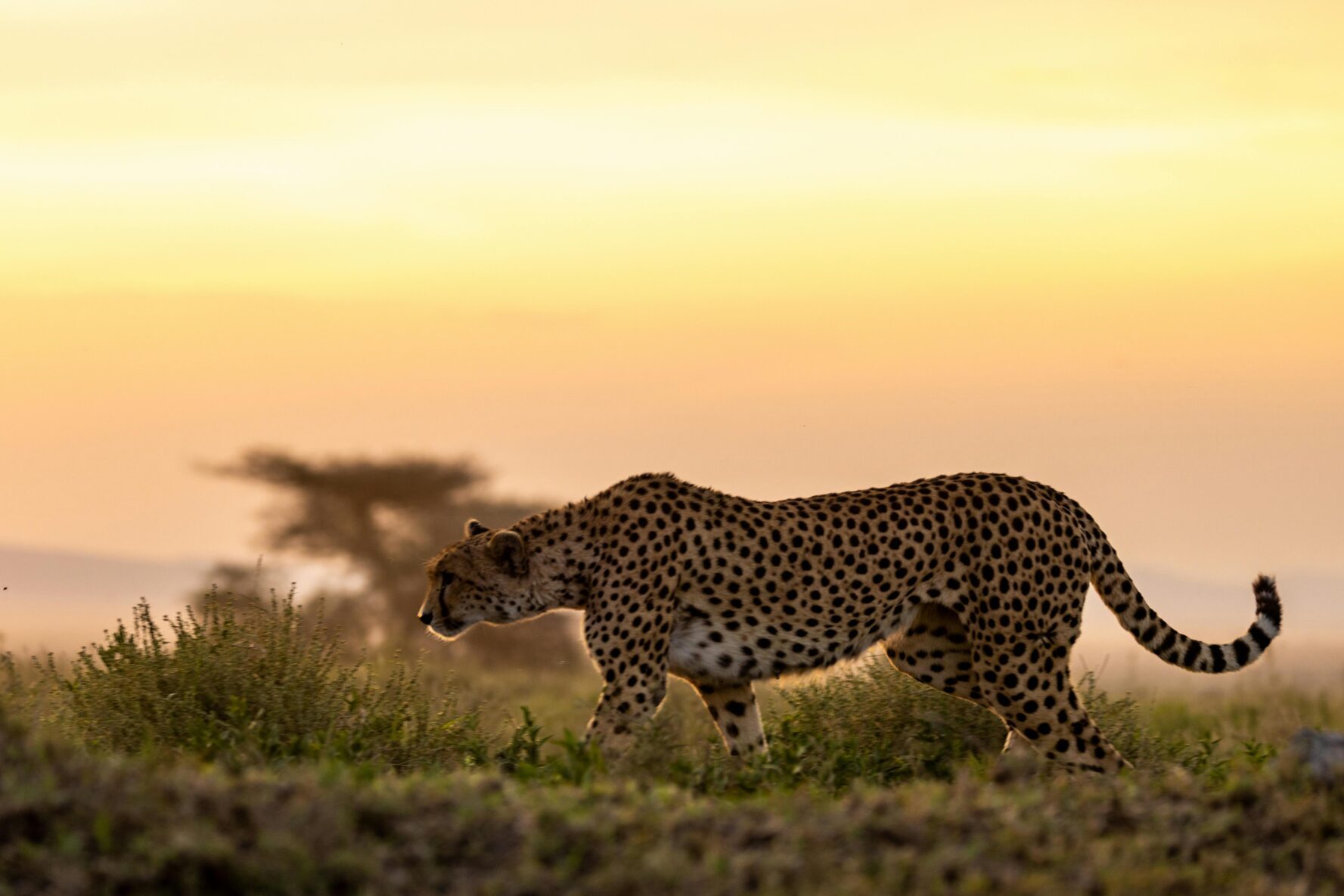
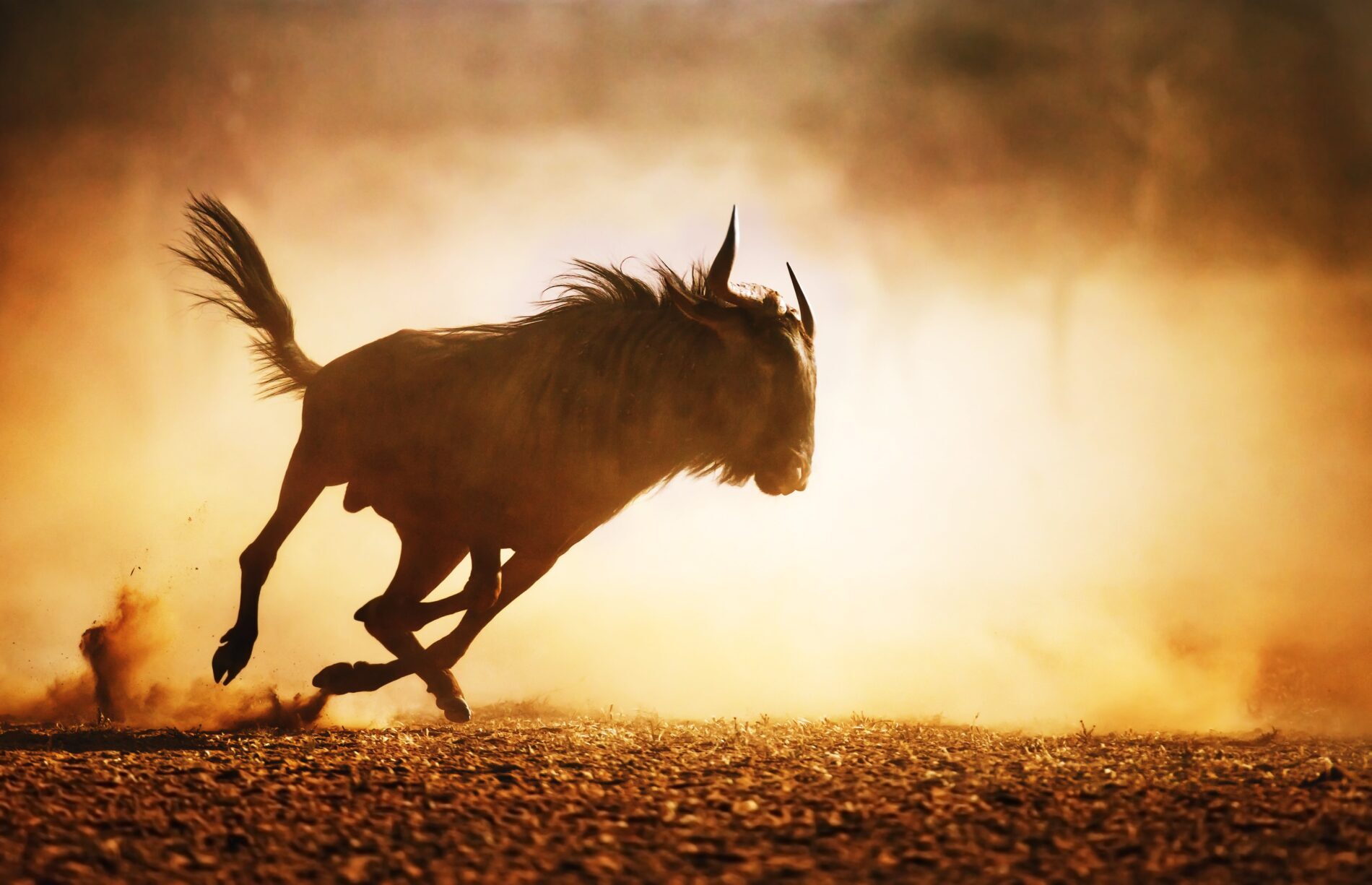
3. Light is the Currency of the Wild
In photography, light isn’t just illumination—it’s an ingredient. Understanding its quality, angle, and timing is the single most powerful way to transform a dull snapshot into a dynamic scene.
- Hunt the Golden Hours: The hours immediately following sunrise and preceding sunset are the most magical. The low-angled, warm light adds texture, rich colour, and dramatic shadows, giving your subject a three-dimensional depth. This is when animals are most active, so plan your game drives around these windows.
- The Midday Challenge: Bright, overhead light creates harsh shadows and flattens your subject, often forcing you to stop shooting for a few hours. Use this time for lunch, reviewing photos, or moving to a new location.
- Overcast Days are Your Friend: Don’t let a cloudy sky discourage you! Overcast conditions provide a large, soft light source that is perfect for capturing detail-rich animal portraits without harsh shadows.
4. Master the Art of the Stillness
Wildlife photography demands the ultimate form of patience. You need to become an observer, blending into the environment so your presence doesn’t alter the natural behavior of the animals.
- Go Slow: Rapid, jerky movements frighten animals. Learn to move with minimal, calculated effort. When you find a subject, stay still. Dedicate long periods to simply watching before you even lift your camera.
- Read the Signals: Learn to anticipate the animal’s next move. Is the giraffe shifting its weight? It might be about to walk. Is the bird preening? It might be preparing for flight. Look at the animal’s eyes and body language—that is where the story is told.
- The Storytelling Composition: Don’t just centre the animal. Frame the shot to tell a story: show the animal’s environment, use leading lines (like a riverbed or track) to draw the viewer’s eye, and always focus sharply on the eyes—they are the window to the wild soul.
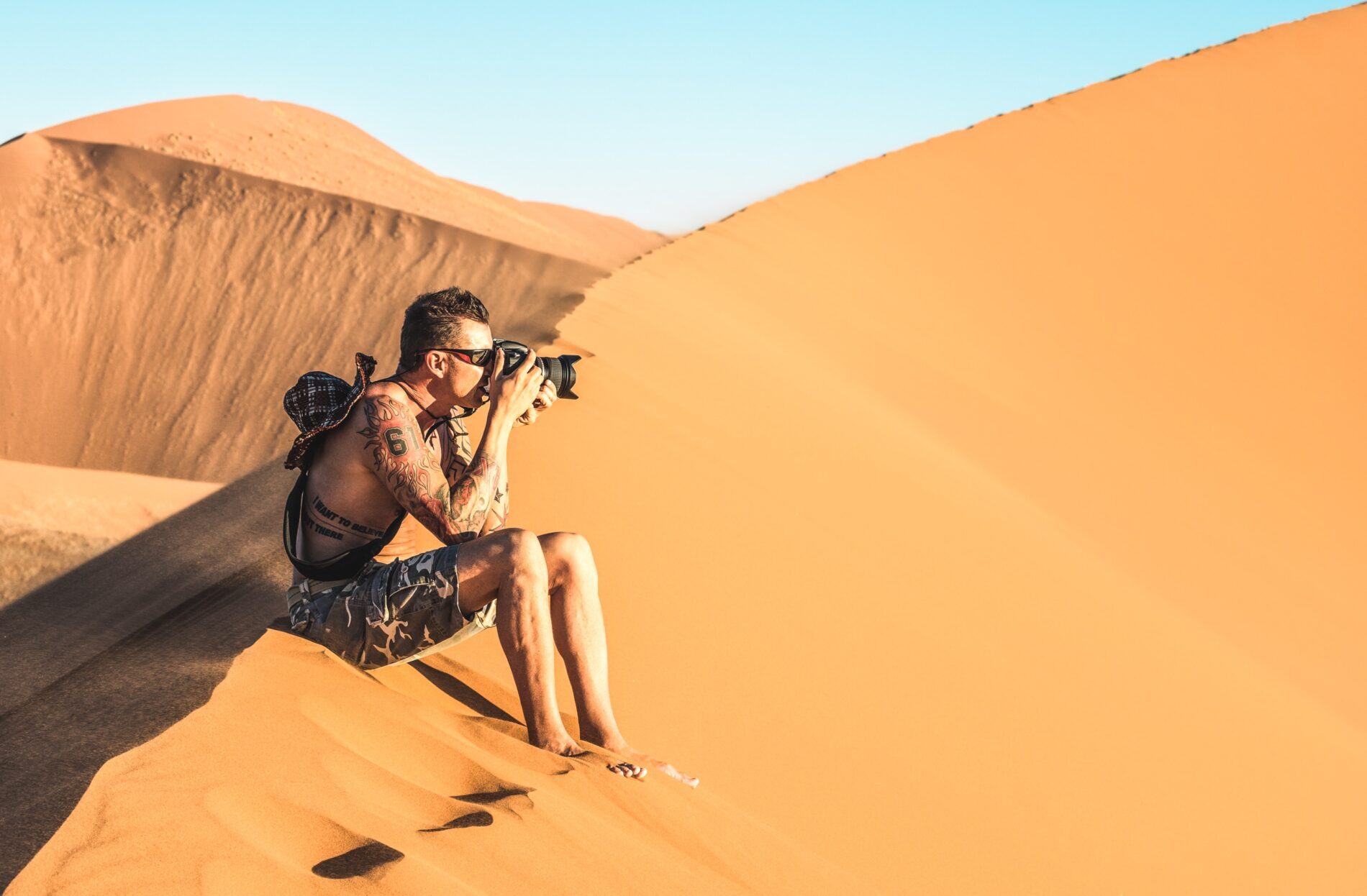
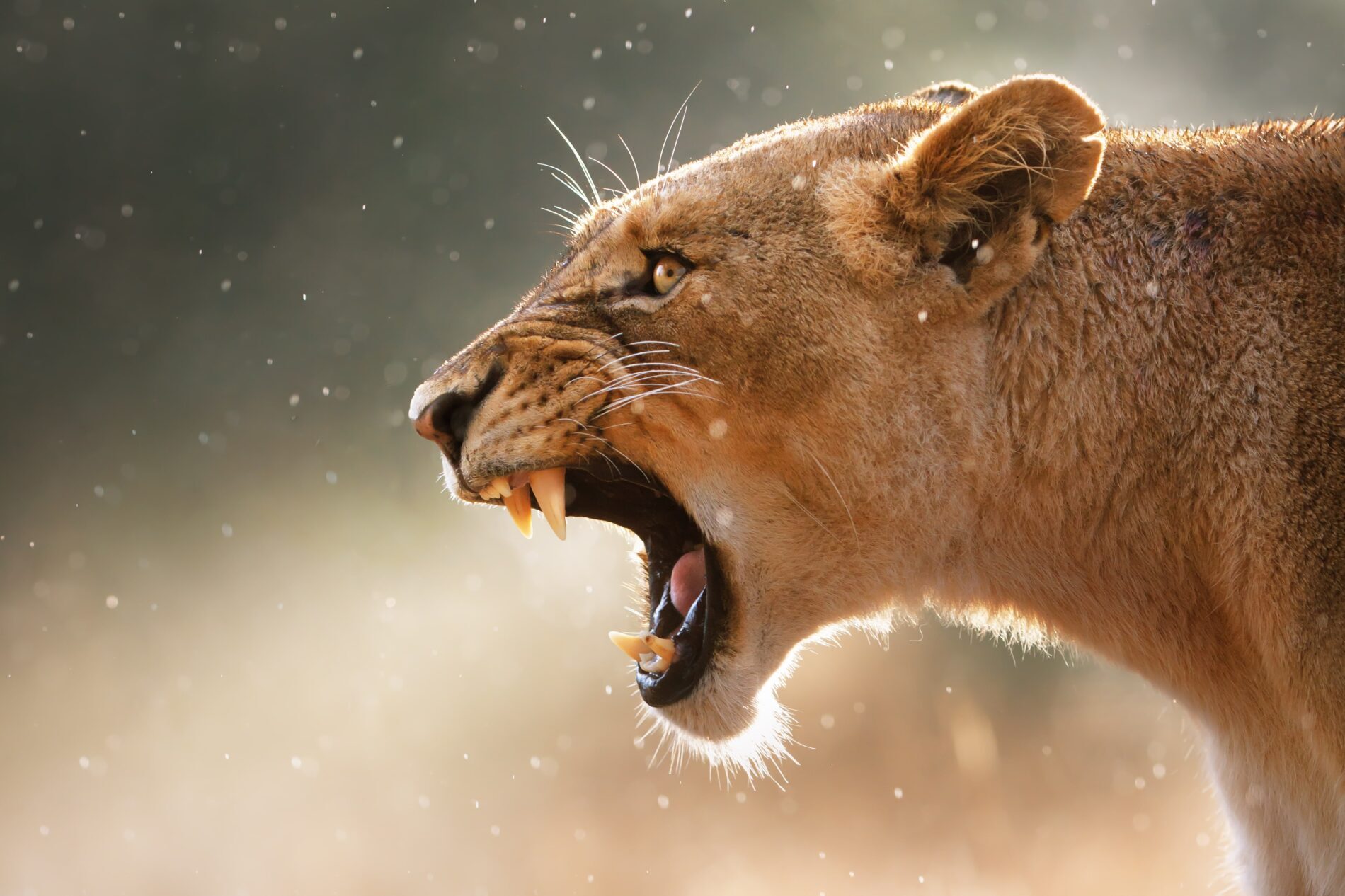
5. Post-Safari Polish: Editing for Impact
The journey doesn’t end when you press the shutter. Editing is the final, crucial step where you take the raw capture and refine it into a visual masterpiece.
- Refinement, Not Reinvention: Professional editing is about enhancing, not manipulating. Use software like Adobe Lightroom to carefully adjust exposure, bring out shadow detail, and manage the highlights.
- Sharpening and Noise: Wildlife images often benefit from a subtle sharpening to make fur, feathers, and eyes pop. If you had to use a high ISO in low light, use noise reduction tools carefully to maintain quality without sacrificing detail.
- Curate Ruthlessly: Be objective. If you have fifty photos of a lion, pick the one or two that truly capture its essence, vulnerability, or power. The goal is to make every selected image a compelling visual narrative.
The time to stop dreaming and start planning is now. The magic of a photographic safari is not in the gear you carry, but in the experiences you prepare for. Secure your place on a photographic adventure today to unlock privileged access to Africa’s untamed beauty.